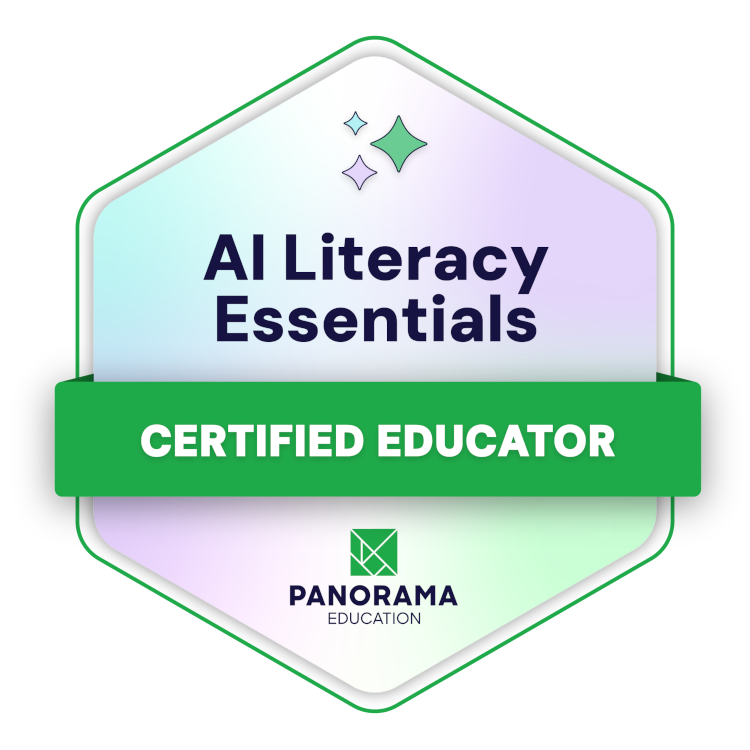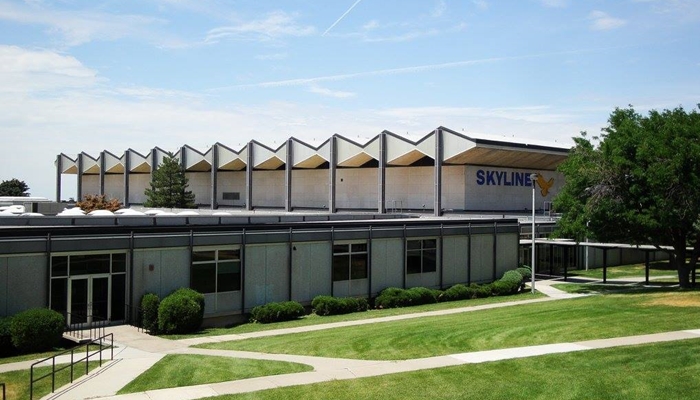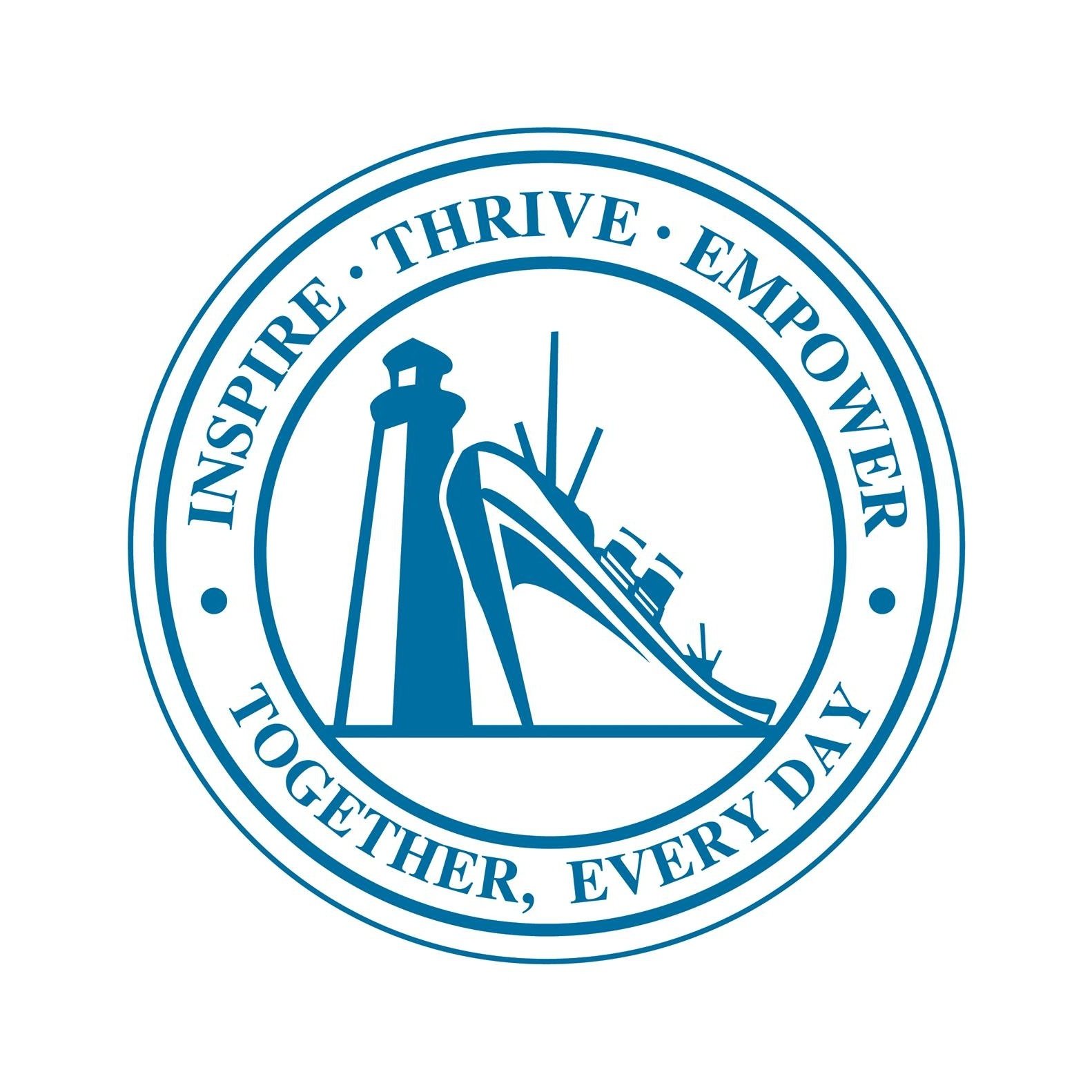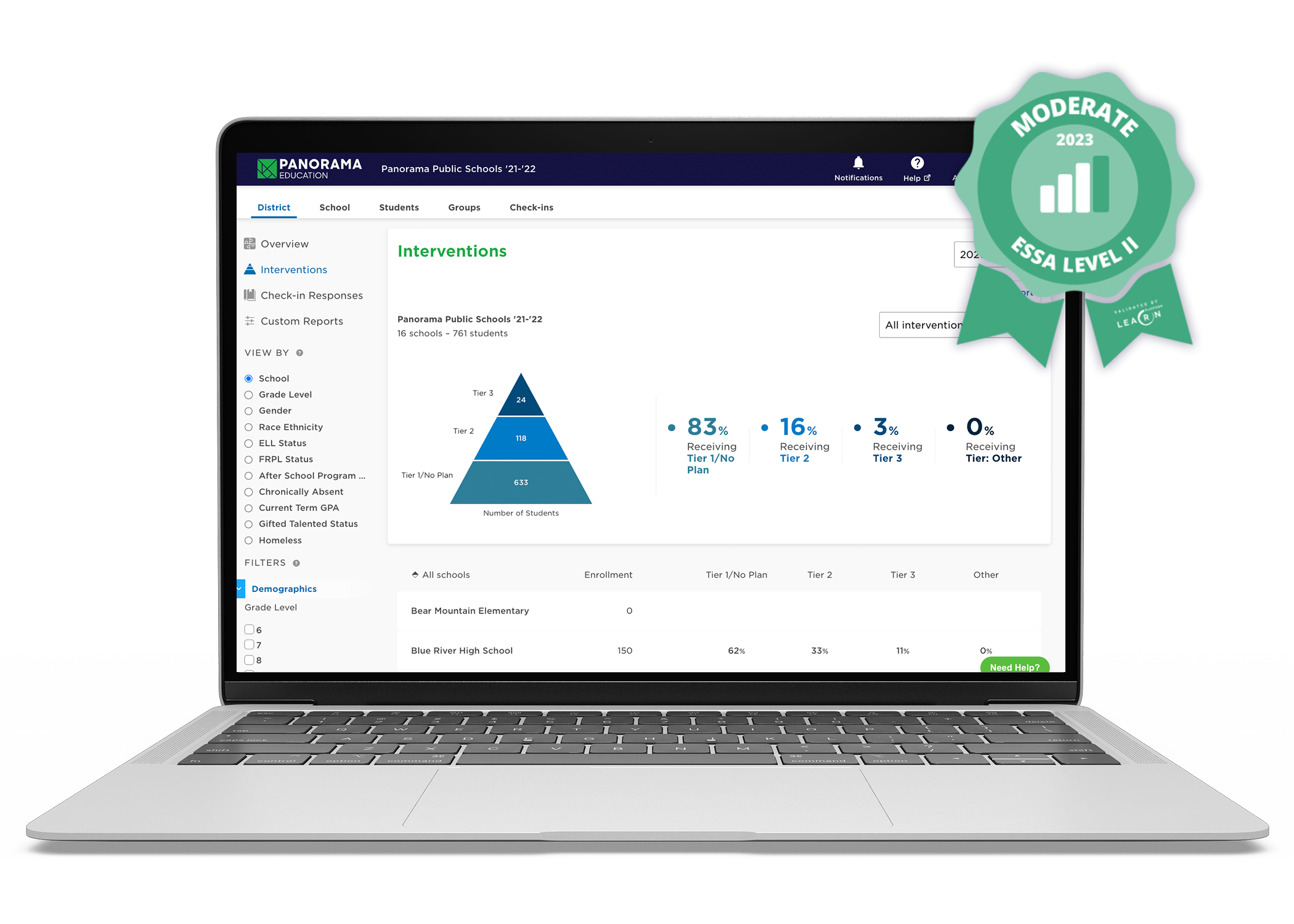Learn how Skyline High School—which serves over 2,000 students in Granite School District—is implementing Student Success to foster sense of belonging and boost academic achievement.
Challenges
-
School leaders at Skyline High wanted to implement Panorama Student Success—but they knew their implementation and use would look very different from other schools in their district.
-
With limited time and resources, school leaders needed to ensure the resources they were putting toward interventions were making a difference.
Solution
Results
-
Skyline uses data from Student Success to inform discussion and empower school improvement plans.
-
With Panorama, school teams now have a way to determine if interventions are working.
-
Students at Skyline have reported a 6% increase in self-efficacy, and most students at the school now identify “supportive relationships” as a strength.
 “On my computer, I have a post-it note: Look at Panorama," says Tim Mundt, Assistant Principal at Skyline High School. “It reminds me to look at Student Success whenever I’m talking with kids.”
“On my computer, I have a post-it note: Look at Panorama," says Tim Mundt, Assistant Principal at Skyline High School. “It reminds me to look at Student Success whenever I’m talking with kids.”
It’s also a great reminder to us all: Having access to comprehensive student data empowers educators to make the best decisions on student support. And that’s what Panorama looks like at Skyline High School.
Skyline is part of Granite School District in Salt Lake County, Utah. The school, which started using Panorama in August 2022, is part of a district-wide pilot of Panorama Student Success. As Skyline has worked to implement Student Success, they’ve focused on specific ways that the data integration platform can support students by providing meaningful interventions across attendance, academics, and life skills.
Developing a Vision for Implementation
Skyline administrators were first drawn to Student Success when they saw it in action at Herriman High School, part of Jordan School District in Utah. Victoria Hatton, School Psychologist at Skyline, says that Herriman was doing fantastic work with Student Success—but she knew that Skyline’s work with Panorama would look very different. The school’s leadership asked themselves: What does implementation look like for us? What does it look like with the group of students that we work with?
In Principal Mitch Nerdin’s view, those key questions informed implementation. “We are implementing our vision for Student Success because we believe it will make a difference for our students. We move heaven and earth to make it happen,” he says. “The way we're implementing Panorama uniquely matters to us and our school community.”
![]()
And while Skyline’s implementation is still in progress, they’ve made major steps forward when it comes to using Student Success. They’re identifying specific use cases where Panorama can be helpful, such as creating groups of students for interventions or building out school improvement plans. And they are excited to move forward. “We want to continue to integrate Student Success into our daily operations,” says Mundt. “We’re constantly asking: How can Panorama be a more ‘all the time’ part of our process? How do we integrate it more?”
The Skyline community is excited to continue that integration across academics, behavior, and life skills. “We have data for math, reading, and writing. We also want to teach valuable life skills, but we haven’t ever been able to measure that until now,” says Hatton. “Teaching these skills is valuable and results in higher academic scores—and with Panorama, we now have a way to measure that."
How Skyline Uses Student Success
Skyline uses data from Student Success to ensure students are receiving meaningful support and interventions. Currently, Skyline’s Community Council is leveraging that data to inform their school improvement plan for the upcoming year.
“We pull data from Panorama to talk in more meaningful ways about the needs of students,” says Nerdin. “And this data isn’t diagnostic. It’s formative assessment data. It informs discussion and it empowers us to make improvement plans.”
For example, Nerdin notes that the Council has had “mental health” on their needs assessment for a while, but now they have data to make more informed decisions about where to target student support in this area. The school can now specifically target “student connectedness to school.” That ability to focus on specific elements of mental health ensures that the school’s resources are being allocated effectively, so students receive the support they need.
.png?width=772&height=506&name=student%20overview%20life%20skills%20(3).png)
Educators at Skyline can view comprehensive student data in Student Success. Please note that demo data is pictured.
An important part of that support is Skyline’s Freshman Success class. All incoming freshmen take a first-semester class where they are taught the skills they need to succeed in high school—a type of school-wide, Tier 1 intervention. However, some freshmen needed additional support and received an invitation to continue the course in their second semester. Panorama data helps identify the students who need extra support.
“With Student Success, we can actually see students who report challenges, or students who are struggling academically,” says Mundt. “We share this information with teachers and counselors, who largely confirm that these are students who need extra support. Using data as the starting point, Panorama largely helps us organize the second-semester Freshman Success classes.”
The Freshman Success program is relatively new. Hatton says they’re not sure if it's a successful intervention—but now they have a tool that enables school leaders to measure efficacy and develop interventions that move the needle on student success.
“For example, we currently have a tracking intervention that is similar to CICO. We have a lot of students who receive this support. They meet once a week with their advocate to review grades and progress, but we couldn’t tell if they were improving until we started looking at the data,” says Hatton. “We have limited time and resources, so we want to ensure the resources we are putting toward an intervention are making a difference. With Panorama, we now have a way to determine if interventions are working.”
Key Metrics: Fostering Connectedness and Self-Efficacy
When Skyline first looked at data in Student Success, they gathered as a group of counselors to determine their first area of focus. They asked important questions of the data: What stands out? What is important? And, because the school was having significant issues with tardy students, they decided to focus first on improving student connectedness to school.

So Skyline started with a big picture intervention: They invited teachers to stand at the door for a couple weeks and give candy to students who arrived on time. “It seems like a little thing,” says Hatton. “But the more kids feel connected to school, the more they want to come, and the more they feel like school matters.”
That intervention may already be making a measurable difference: most students at Skyline identify “supportive relationships” as a strength. “While we can’t draw a straight line between welcoming students at the door and this data, we know it’s best practice to be standing at the door, to help foster that sense of belonging,” says Mundt. “And as we collect more data and work toward connectedness, we can target interventions even more.
Additionally, students at Skyline have reported a 6% increase in self-efficacy—and that’s a meaningful number, says Hatton. “School is really hard,” she says. “If we can have a Tier 1 approach to helping students understand the why behind school, then we see an increase in self-efficacy and students’ connection to school.”
Moving Forward: Next Steps and Implementation Advice for Schools
Hatton anticipates that, in a few years, Skyline will have solid routines and procedures in place when it comes to creating interventions and integrating Panorama into daily work. She notes that implementing a new platform—and new practices—takes time, and she’s got great advice for schools who are also using a new data management system.
![]()
“Be patient. This is not going to happen overnight,” Hatton says. “There’s a reason why we pilot new systems. We’re not going to figure it out immediately—and that’s fine! Panorama looks different at every school, so you need to figure out how it’s going to work for your school and in your classrooms. This platform has so much potential to make a huge impact on student success. Keep working and keep exploring.”
And, of course, keep that post-it note handy.







